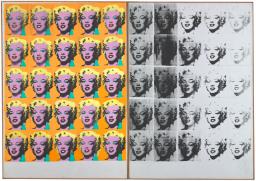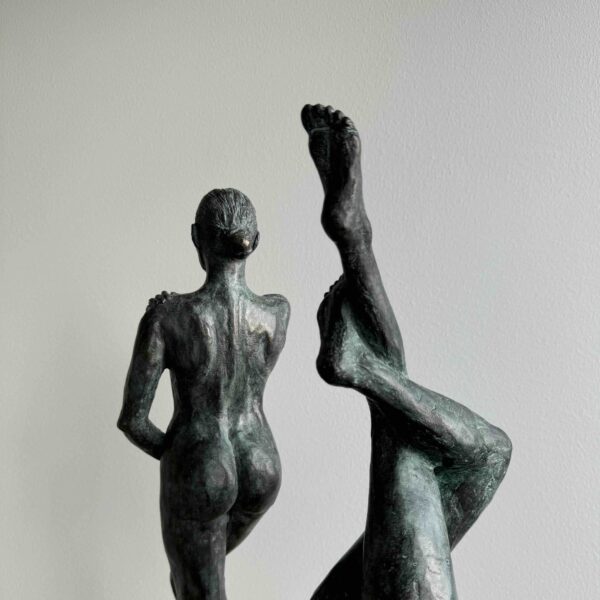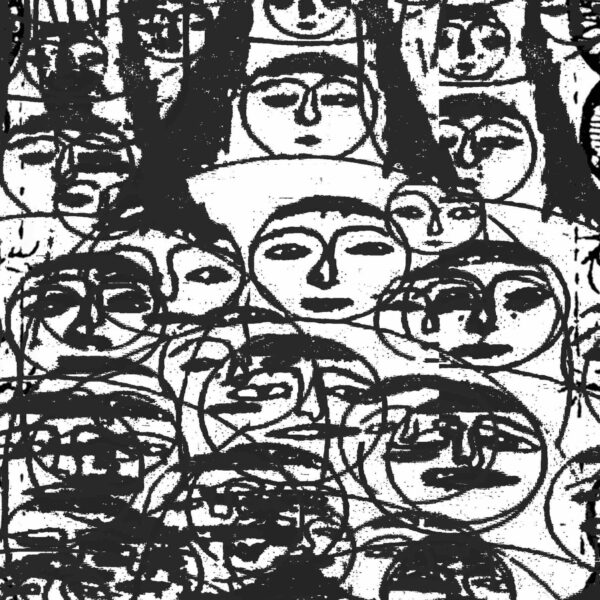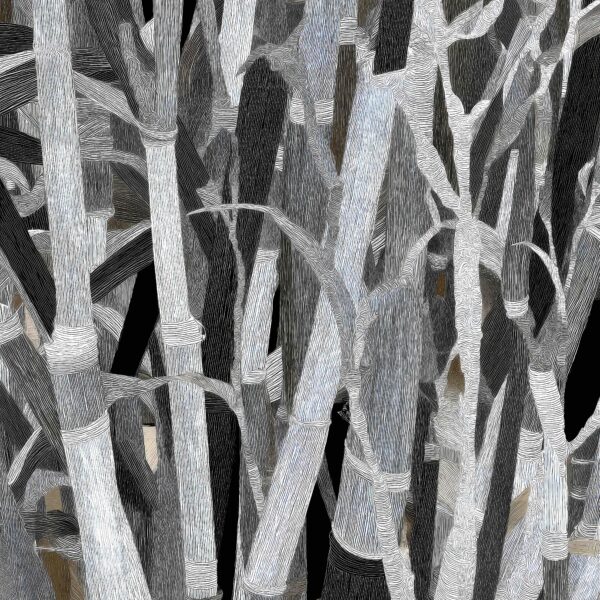Hyperreal Horizons: The Digital Odyssey of All Seeing Seneca
In this critique, we traverse the digital landscapes crafted by All Seeing Seneca, examining how her work, from the Bored Ape Yacht Club to the animated realms of "Perils of Sēsē," embodies the postmodern flux of identity and reality. Through the prisms of Baudrillard's simulacra and Benjamin's aura, we explore the nuanced interplay between digital art's ephemeral nature and its profound impact on contemporary culture and artistic expression.

All Seeing Seneca’s artistry marks a pivotal juncture in contemporary art, where the digital realm redefines our understanding of the tangible. This critique embarks on an exploratory journey through Seneca’s digital odyssey, enriched by theoretical frameworks from Jean Baudrillard and Walter Benjamin, illuminating the profound implications of her work on art, identity, and reality.
Jean Baudrillard, a French sociologist and philosopher of the late 20th century, introduced the concept of hyperreality in his seminal work, ‘Simulacra and Simulation’ (1981). Baudrillard’s theory posits that in our postmodern society, simulations (or simulacra) have become more real than reality itself, creating a world where the distinction between the real and the simulated blurs. This hyperreal landscape is vividly embodied in Seneca’s ‘Perils of Sēsē,’ where generative art transcends mere replication, inviting viewers into an evolving narrative landscape, reminiscent of Jorge Luis Borges’ labyrinthine universes in ‘The Garden of Forking Paths.’
All Seeing Seneca served as the lead character designer for the iconic The Bored Ape Yacht Club (BAYC) project; this served as a notable launchpad for her career in the digital art world, and offers a profound exploration of identity and community within the digital sphere. Here, Baudrillard’s hyperreality is manifest in each NFT, acting as a digital totem devoid of an original, yet possessing a unique identity. This paradox mirrors the serial imagery of Andy Warhol’s ‘Marilyn Diptych,’ challenging conventional notions of authenticity and replication, and reiterates the significance of individuality amidst mass digital reproduction.


Walter Benjamin, a German-Jewish critic and philosopher in the early 20th century, explored the impact of mechanical reproduction on art’s ‘aura’ in his influential essay, ‘The Work of Art in the Age of Mechanical Reproduction’ (1935). Benjamin lamented the loss of the unique presence and authenticity (‘aura’) of artworks as they became more widely reproduced. Seneca’s ‘Portrait of Emergence’ and ‘Portrait of Endure,’ however, challenge Benjamin’s perspective by encapsulating a digital ‘aura’ through their temporal and evolutionary nature, suggesting a new dimension of aura within the digital realm, akin to the transient beauty captured in Monet’s ‘Impression, Sunrise.’
Seneca’s homage to traditional aesthetics, particularly evident in ‘Perils of Sēsē,’ reflects a deep engagement with the tactile origins of narrative art. This synthesis of digital and traditional mediums echoes the innovative spirit of William Blake, whose integrated art form in ‘The Marriage of Heaven and Hell’ revolutionized narrative art. Seneca’s digital landscapes, much like Blake’s illuminated texts, invite viewers into an immersive journey, blurring the lines between the creator and the observer, between image and storyline.

In the animated realms of ‘Portrait of Emergence’ and ‘Portrait of Endure,’ Seneca ventures into the cosmic and personal, drawing parallels with Caspar David Friedrich’s ‘Wanderer above the Sea of Fog.’ Here, the solitary figure amidst nature’s vastness finds a counterpart in Seneca’s protagonists, adrift in a surreal digital cosmos, reflecting on the human condition in the face of the infinite.

Through the prism of Baudrillard and Benjamin, All Seeing Seneca’s work emerges as a pivotal exploration of the digital revolution’s impact on art, identity, and community. Her digital odyssey not only challenges us to reconsider the nature of reality and authenticity but also establishes her as a visionary cartographer of the hyperreal, navigating the uncharted territories of digital artistry.


